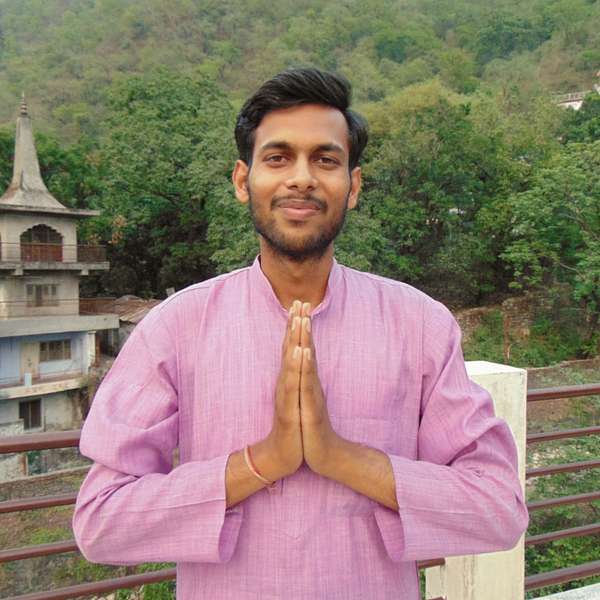
Conscious Paths
For lovers of arts, traditions, culture inspired in the ancient wise India presented thru its different colors and manifestations. Inspirations about Mantra, Music, Meditation, Yoga, Mantras, Wisdom and Sciences from India. Sharing tools for Inner and outer growth and rich traditions.
Conscious Paths
Yoga, as a Path for an Earnest Practitioner
At the beginning, Yoga was not written down anywhere, the teachings were passed by the Guru to a disciple personally. The first books where Yoga is mentioned were the ancient Tantras and later the Vedas, then the Upanishads expanded deeper about it. Based on all this, much later Patanjali wrote the Yoga Sutras (in Sanskrit) as an eight-fold path: yama, niyama, asana, pranayama, pratyahara, dharana, dhyana, samadhi.
Therefore, the meaning of yoga and the path of yoga is not what frequently many think when relating it only to exercise, stretching, bending, breathing practices, or asana. It is so much more than that!
The science of Yoga applies itself to all aspects of life. Yoga means choosing a lifestyle of excellence and awareness in everything that we do and live according to that. So ideally, it should to be understood in this direction, in order to focus on this path with an earnest approach and to benefit from it beyond the aspects of the physical plane which are only temporary and worldly in nature. The path of Yoga as any other spiritual path in India is to awaken and eventually come to the realization that we are not the body, so too much focus on the body would defeat its own purpose.
The so called 'modernization' does not justify the disappearance of the key and fundamental aspects of Yoga and its nature -- otherwise it would not be Yoga, but something else.
This time Manish is interviewing Arpit Agrawal, an experienced Yoga teacher from Rishikesh India who studied in the traditional Bihar School of Yoga, discussing different aspects of Yoga and Yoga learning, which give a clear scenario of the vastness and richness of this tradition.
The interview also includes clarifications about types of yoga which have traditionally been part of the true yogic path since ancient times, as well as certain yoga styles which have developed or become popular in the west which are not truly reflecting the real Yoga tradition. One of these is 'Kundalini Yoga'. Although kundalini yoga practices exists in India, they have truly little to do with what became so popular in the USA and then was adopted around the world. That practice is honestly not the real tradition with the roots in our Indian Yoga heritage, and each practitioner should at least have the right to know this, how it developed, where it came from and which practices are authentic and which ones are not, as many styles had been basically developed mainly for yoga-commercialization, packaged in an attractive way to catch followers attention. It is ok if one practices that if one likes it, but one should know what is what.
We thank Arpit so much for this interesting and clarifying interview, where we can easily distinguish the pillars on this path, and understand the basis of this amazing practice of Yoga, with roots in ancient India and widely adopted by now in almost each corner of the world.
"Asana is for sure important, to keep yourself healthy. And we need some kind of flexibility as well, as we say the higher purpose of yoga (asana) is to sit in meditation for longer time, and those things come by the yoga asana. So it’s important only for that purpose. But yoga asana is only one limb of yoga, it’s not everything. Yoga tells you how to live, how to eat, how to walk, how to practice… everything comes from yoga. It’s like developing the awareness on how to do any action." Arpit Agrawal
About Arpit :
Sri Yoga Ashram, Rishikesh @yogawitharpit / www.sriyogaashram.com
This podcast is also transcribed in our blog, you can read it here: https://www.manishvyas.ch/post/_yoga
watch related youtube video: https://youtu.be/qRmKJ_nFyLQ